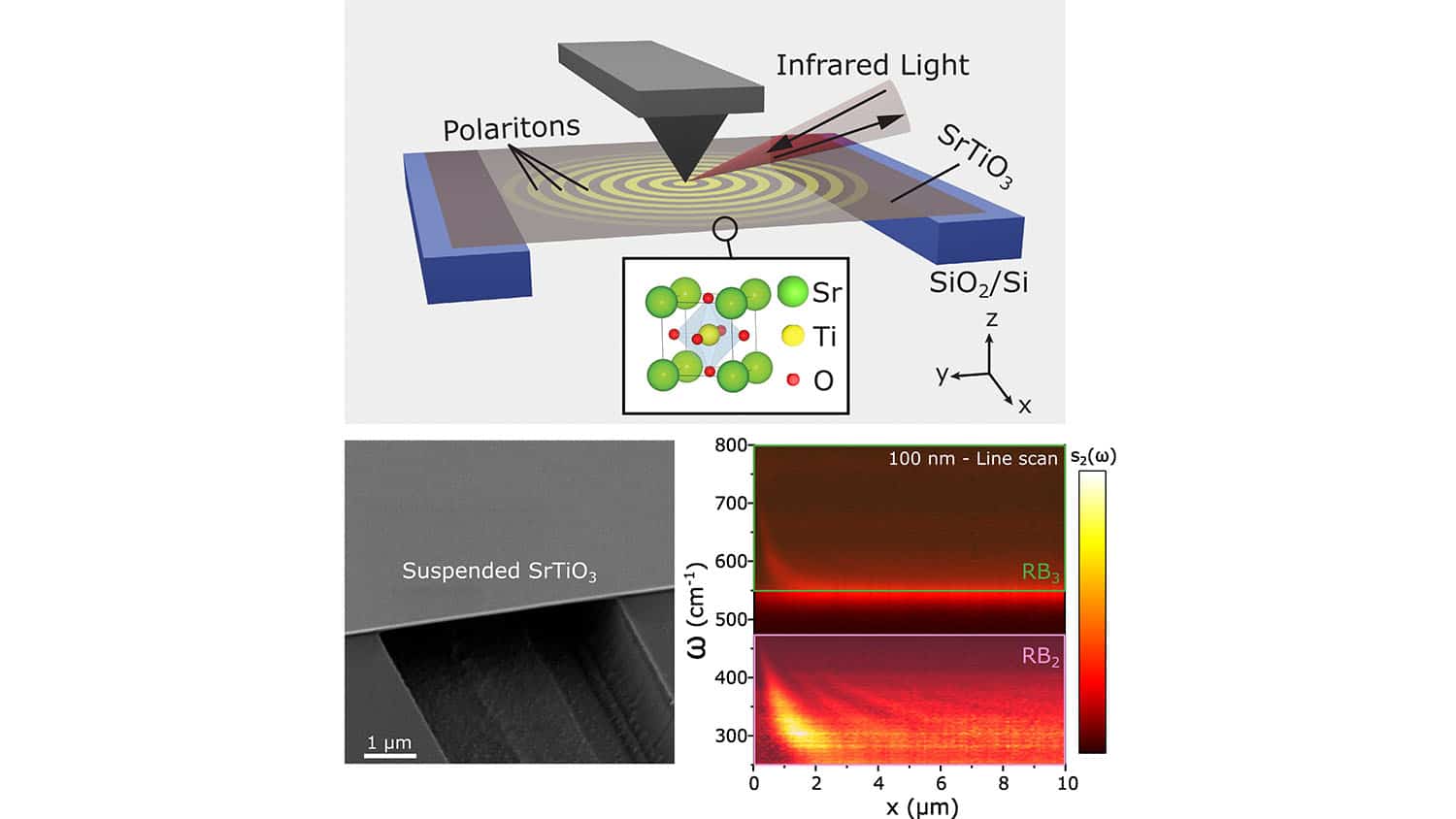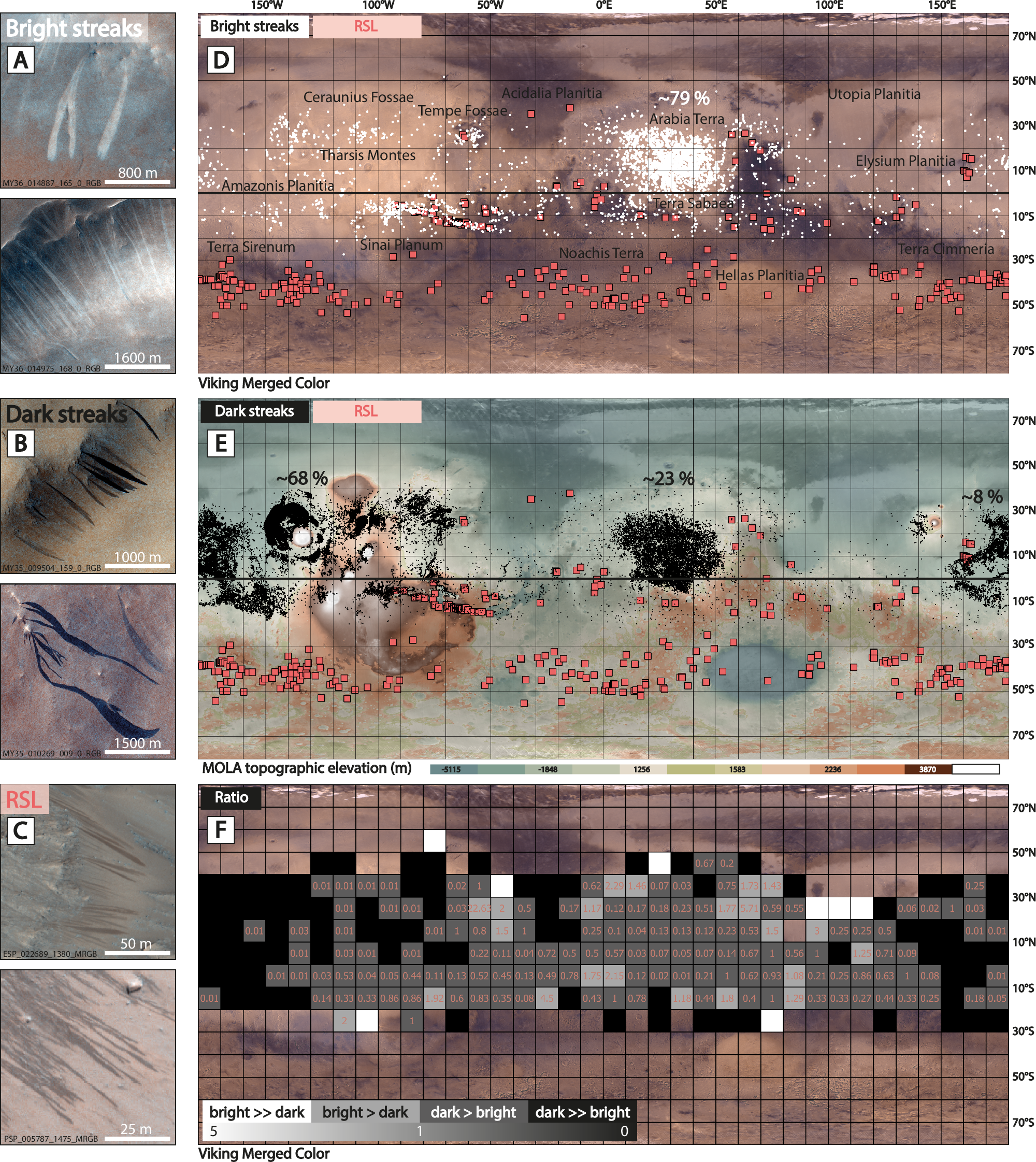2025-05-19 ノースカロライナ州立大学(NC State)

<関連情報>
- https://news.ncsu.edu/2025/05/advances-in-squeezing-light/
- https://advanced.onlinelibrary.wiley.com/doi/10.1002/adfm.202501041
- https://www.nature.com/articles/s41467-024-47917-x
浮遊SrTiO3ナノ膜における低損失遠赤外表面フォノン分極子 Low-Loss Far-Infrared Surface Phonon Polaritons in Suspended SrTiO3 Nanomembranes
Konnor Koons, Hans A. Bechtel, Javier Taboada-Gutiérrez, Reza Ghanbari, Yueyin Wang, Stephanie N. Gilbert Corder, Alexey B. Kuzmenko, Ruijuan Xu, Yin Liu
Advanced Functional Materials Published: 12 May 2025
DOI:https://doi.org/10.1002/adfm.202501041
Abstract
Phonon polaritons (PhPs), excitations arising from the coupling of light with lattice vibrations, enable light confinement and local field enhancement, which is essential for various photonic and thermal applications. To date, PhPs with high confinement and low loss are mainly observed in the mid-infrared regime and mostly in manually exfoliated flakes of van der Waals (vdW) materials. In this work, the existence of low-loss, thickness-tunable phonon polaritons in the far-infrared regime within transferable freestanding SrTiO3 membranes synthesized through a scalable approach, achieving high figures of merit is demonstrated, which are comparable to the previous record values from the vdW materials. Leveraging atomic precision in thickness control, large dimensions, and compatibility with mature oxide electronics, functional oxide membranes present a promising large-scale 2D platform alternative to vdW materials for on-chip polaritonic technologies in the infrared regime.
SrTiO3膜における高閉じ込めイプシロン-ニア-ゼロおよび表面フォノンポラリトン Highly confined epsilon-near-zero and surface phonon polaritons in SrTiO3 membranes
Ruijuan Xu,Iris Crassee,Hans A. Bechtel,Yixi Zhou,Adrien Bercher,Lukas Korosec,Carl Willem Rischau,Jérémie Teyssier,Kevin J. Crust,Yonghun Lee,Stephanie N. Gilbert Corder,Jiarui Li,Jennifer A. Dionne,Harold Y. Hwang,Alexey B. Kuzmenko & Yin Liu
Nature Communication Published:04 June 2024
DOI:https://doi.org/10.1038/s41467-024-47917-x
An Author Correction to this article was published on 02 October 2024
This article has been updated
Abstract
Recent theoretical studies have suggested that transition metal perovskite oxide membranes can enable surface phonon polaritons in the infrared range with low loss and much stronger subwavelength confinement than bulk crystals. Such modes, however, have not been experimentally observed so far. Here, using a combination of far-field Fourier-transform infrared (FTIR) spectroscopy and near-field synchrotron infrared nanospectroscopy (SINS) imaging, we study the phonon polaritons in a 100 nm thick freestanding crystalline membrane of SrTiO3 transferred on metallic and dielectric substrates. We observe a symmetric-antisymmetric mode splitting giving rise to epsilon-near-zero and Berreman modes as well as highly confined (by a factor of 10) propagating phonon polaritons, both of which result from the deep-subwavelength thickness of the membranes. Theoretical modeling based on the analytical finite-dipole model and numerical finite-difference methods fully corroborate the experimental results. Our work reveals the potential of oxide membranes as a promising platform for infrared photonics and polaritonics.



